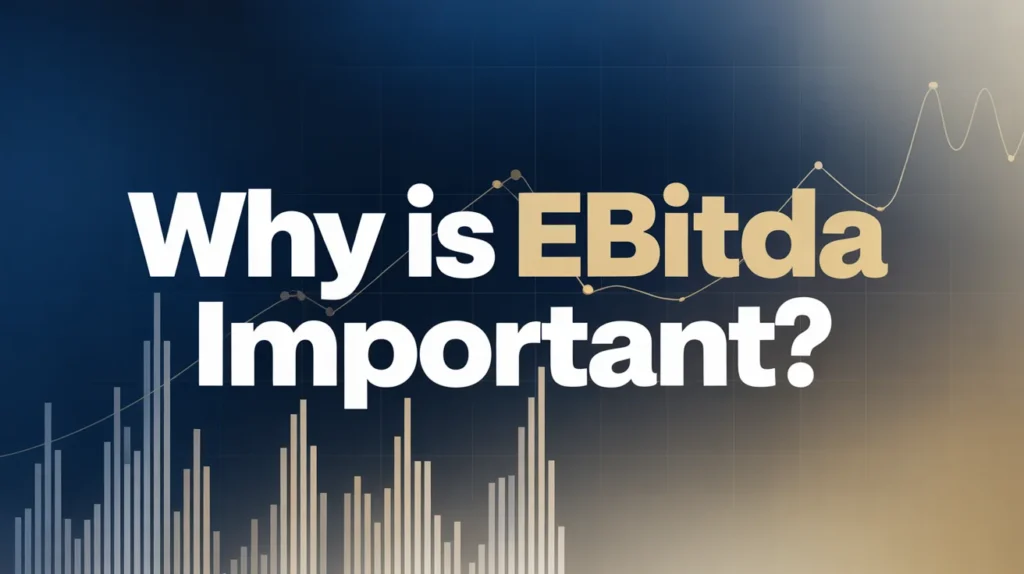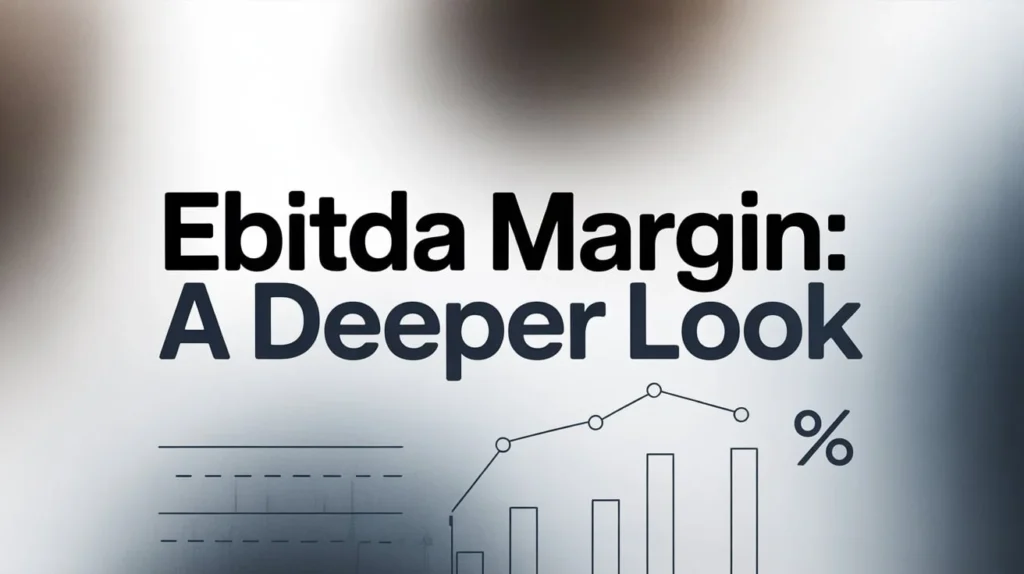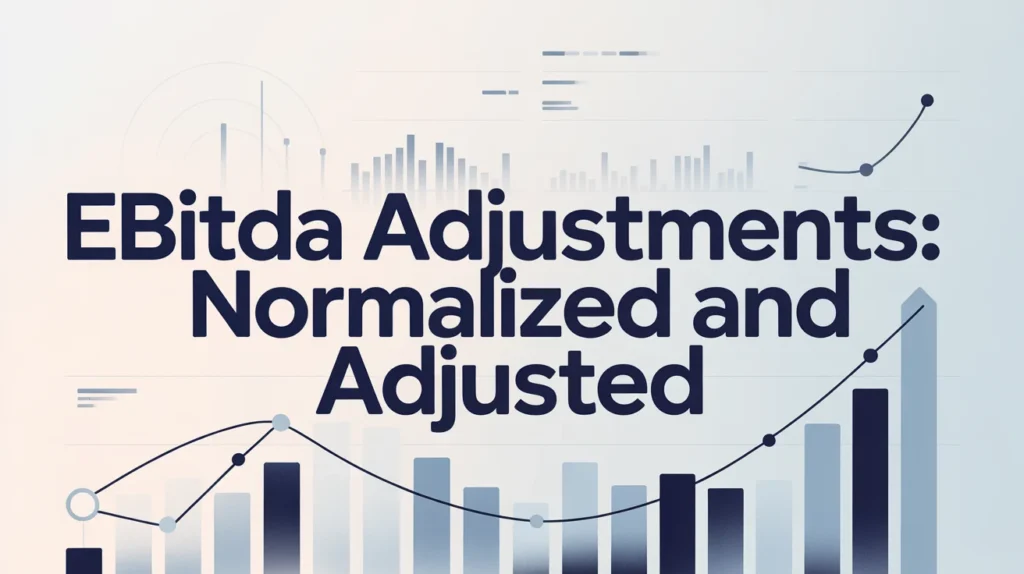When people talk about business performance, the term EBITDA meaning often pops up. Short for Earnings Before Interest, Taxes, Depreciation, and Amortization, EBITDA is a powerful financial metric that cuts through accounting noise to show a company’s true operational profitability.
Investors, business owners, and analysts use it to compare companies, measure financial health, and evaluate potential growth. But what exactly does it mean, and why does it matter so much in business today? Let’s break it down step by step.
What is EBITDA?
EBITDA stands for Earnings Before Interest, Taxes, Depreciation, and Amortization. In simple terms, it tells you how much money a company makes from its core operations before accounting for non-cash expenses and financial obligations.
This metric is popular because it focuses purely on operating performance. Unlike net income, which can be influenced by taxes, financing, or accounting adjustments, EBITDA strips those away, giving a clearer picture of profitability.
EBITDA Formula and Calculation
To understand EBITDA meaning, you need to know how it’s calculated.
Formula:
EBITDA=NetIncome+Interest+Taxes+Depreciation+AmortizationEBITDA = Net Income + Interest + Taxes + Depreciation + AmortizationEBITDA=NetIncome+Interest+Taxes+Depreciation+Amortization
Or, you can calculate it directly from operating profit:
EBITDA=OperatingIncome(EBIT)+Depreciation+AmortizationEBITDA = Operating Income (EBIT) + Depreciation + AmortizationEBITDA=OperatingIncome(EBIT)+Depreciation+Amortization
Here’s a table to make it clear:
MethodFormulaWhen to UseNet Income MethodNet Income + Interest + Taxes + Depreciation + AmortizationIf you start from bottom-line profitOperating Income MethodEBIT + Depreciation + AmortizationIf you start from operating profit
Why is EBITDA Important?

Understanding EBITDA meaning is critical because it helps in:
- Measuring operational performance: Focuses only on core earnings.
- Comparing companies: Eliminates differences caused by taxes or debt.
- Attracting investors: A high EBITDA margin signals profitability.
- Valuation metric: Commonly used in multiples like EV/EBITDA.
For example, two companies in different countries may face very different tax laws. EBITDA allows investors to compare them on equal ground.
EBITDA vs Other Financial Metrics
It’s easy to confuse EBITDA with other metrics. Here’s how it compares:
MetricDefinitionKey Difference from EBITDANet IncomeProfit after all expenses, interest, and taxesIncludes everything; more volatileEBITEarnings before interest and taxesDoesn’t exclude depreciation & amortizationCash FlowActual cash movement in and out of businessEBITDA is accrual-based, not cash-based
Advantages of Using EBITDA
- Strips away external factors like taxes and financing.
- Helps compare companies across industries and regions.
- Useful in mergers, acquisitions, and business valuations.
- Quick snapshot of operational profitability.
Limitations of EBITDA
While it’s useful, EBITDA isn’t perfect:
- Ignores capital expenditures (CapEx).
- Doesn’t reflect debt obligations.
- Can overstate financial health if misused.
- Not accepted under GAAP or IFRS as an official metric.
For example, a company with strong EBITDA but massive debt may still face financial trouble.
EBITDA Margin: A Deeper Look

Another term tied to EBITDA meaning is EBITDA margin.
EBITDAMargin=(EBITDA/TotalRevenue)×100EBITDA Margin = (EBITDA / Total Revenue) × 100EBITDAMargin=(EBITDA/TotalRevenue)×100
It shows what percentage of revenue turns into EBITDA profit. Higher margins usually mean better efficiency.
Company ACompany BRevenue: $10MRevenue: $10MEBITDA: $3MEBITDA: $1.5MEBITDA Margin: 30%EBITDA Margin: 15%
Company A is clearly more efficient, even though both have the same revenue.
EBITDA in Valuation (EV/EBITDA Ratio)
When valuing companies, investors often use the EV/EBITDA ratio:
EV/EBITDA=EnterpriseValue/EBITDAEV/EBITDA = Enterprise Value / EBITDAEV/EBITDA=EnterpriseValue/EBITDA
This multiple shows how expensive or cheap a company is relative to its earnings. A lower ratio often signals undervaluation.
Examples of EBITDA in Real Business
- Tech Companies: Often have high EBITDA margins due to low physical assets.
- Manufacturing Firms: May show lower EBITDA margins since they have high depreciation costs.
- Startups: Sometimes use adjusted EBITDA to exclude one-time expenses.
How Investors Use EBITDA
- Benchmarking across competitors
- Assessing debt repayment ability
- Projecting future cash flows
- Negotiating mergers and acquisitions
EBITDA Adjustments: Normalized and Adjusted

Sometimes EBITDA is tweaked to give a clearer picture:
- Adjusted EBITDA: Excludes one-time expenses (e.g., lawsuit settlement).
- Normalized EBITDA: Adjusts for unusual items to reflect ongoing operations.
Is EBITDA Always Reliable?
Not always. Some companies misuse it to make results look better. That’s why investors should check cash flow, net income, and debt alongside EBITDA before making decisions.
EBITDA Pros and Cons
ProsConsFocuses on operationsIgnores CapExEasier company comparisonDoesn’t show debt loadHelps in valuationCan be manipulatedPopular among investorsNot GAAP/IFRS standard
FAQs
1. What does EBITDA stand for? EBITDA means Earnings Before Interest, Taxes, Depreciation, and Amortization.
2. Why is EBITDA important? It shows a company’s operating profitability without outside factors like taxes or debt.
3. Is EBITDA the same as profit? No, profit considers taxes, interest, and depreciation, while EBITDA excludes them.
4. What is a good EBITDA margin? It varies by industry, but generally, 20%+ is considered strong.
5. Can EBITDA be negative? Yes, if operating costs are higher than revenues, EBITDA can be negative.
Conclusion
Understanding EBITDA meaning is crucial for anyone analyzing businesses. It highlights operational profitability, makes company comparisons easier, and helps investors make smarter decisions. However, it’s not foolproof—ignoring debt, CapEx, and cash flow can lead to a distorted picture. That’s why EBITDA should be used alongside other metrics for a balanced financial view.
If you want to grasp a company’s real performance, start with EBITDA, but don’t stop there. Look deeper, compare across industries, and always factor in the bigger financial picture.


